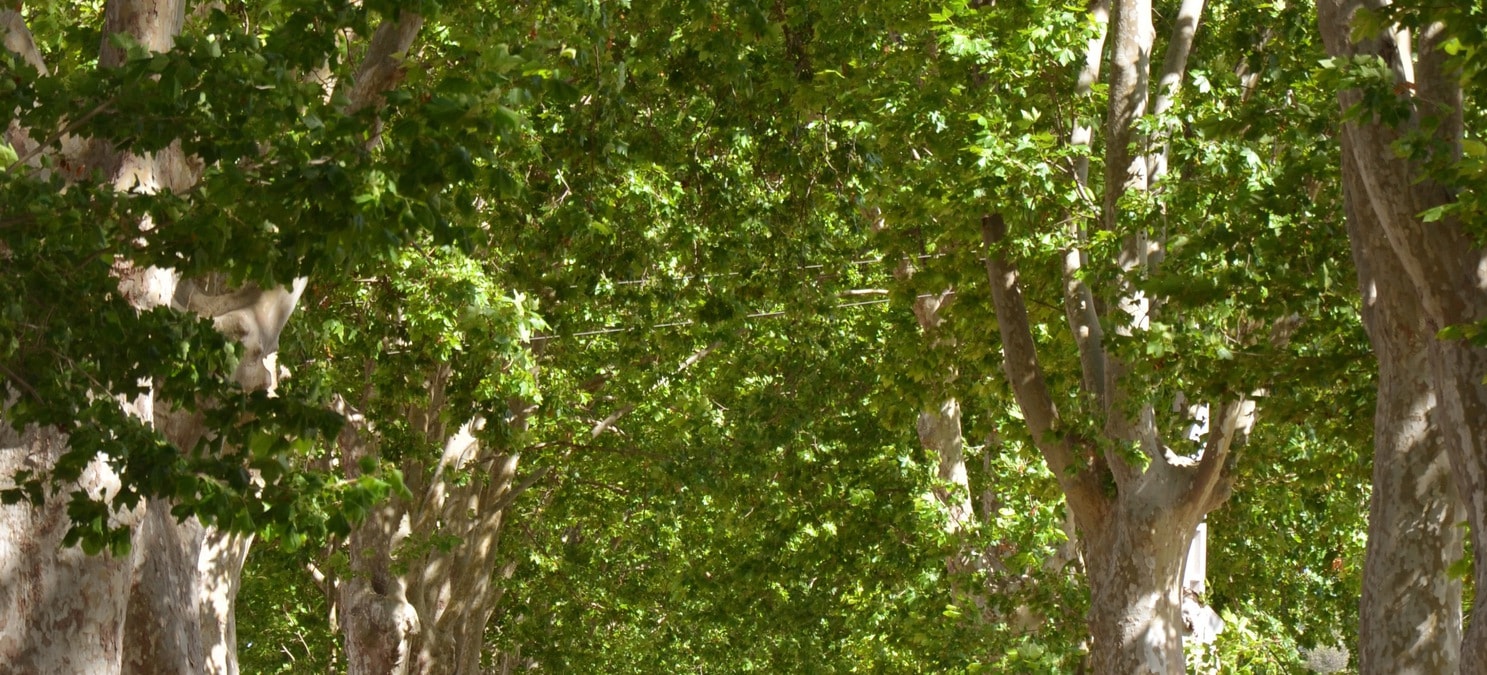All you need to know about atypical myopathy – and how to avoid it

Photo: Thomas Muncke/DPA/PA Images
Atypical myopathy – or seasonal pasture myopathy – is a severe and often fatal muscle disorder in horses, caused by eating sycamore seeds, leaves or seedlings.
Deadly disease
Despite its name, it has become more common in recent years. It is most prevalent during autumn, when horses eat sycamore seeds that fall onto pasture, and also in spring when seedlings are germinating.
The origin of the deadly disease was unknown until fairly recently, but research in 2013/14 revealed it is caused by the toxin hypoglycin A, which is contained in certain tree seeds, including the sycamore.
The seeds are not palatable, but horses on poor quality grazing may eat large numbers.
Clinical signs
Here’s what to look out for:
- General weakness, where your horses struggles to walk, stand and breathe
- Heart problems
- Horses appear depressed with low hanging heads
- Muscle trembling
- Signs of severe colic – although they still have an appetite
- Brown or dark red urine
- Severely affected horses become unable to stand
Treatment
If atypical myopathy is suspected, early treatment is vital. Your vet can use specialist serum tests to support diagnosis, which are available from the Royal Veterinary College’s diagnostic laboratories.
Your horse may require admission to a specialist equine hospital for 24-hour care, where they will receive intravenous fluids and intensive care. If horses survive the first few days of treatment they usually go on to recover completely, although this can take several months.
Reducing the risk
The following steps should be taken to reduce your horse’s risk to this deadly disease:
- Identify sycamore trees, both on and near grazing land, as some ‘helicopter’ seeds can travel up to around 200m.
- Restrict access to seeds by using temporary fencing.
- Ensure horses have access to good quality, uncontaminated pasture.
- Move horses off pasture at times of risk.
- Provide supplementary feed in the field to minimise the risk of horses being tempted to eat the seeds.
- Clear fallen sycamore leaves and seeds from grazing areas.
- Test for the presence of HGA in your horse’s pasture.
For more information on atypical myopathy you can download a leaflet, produced by the Royal Veterinary College.






